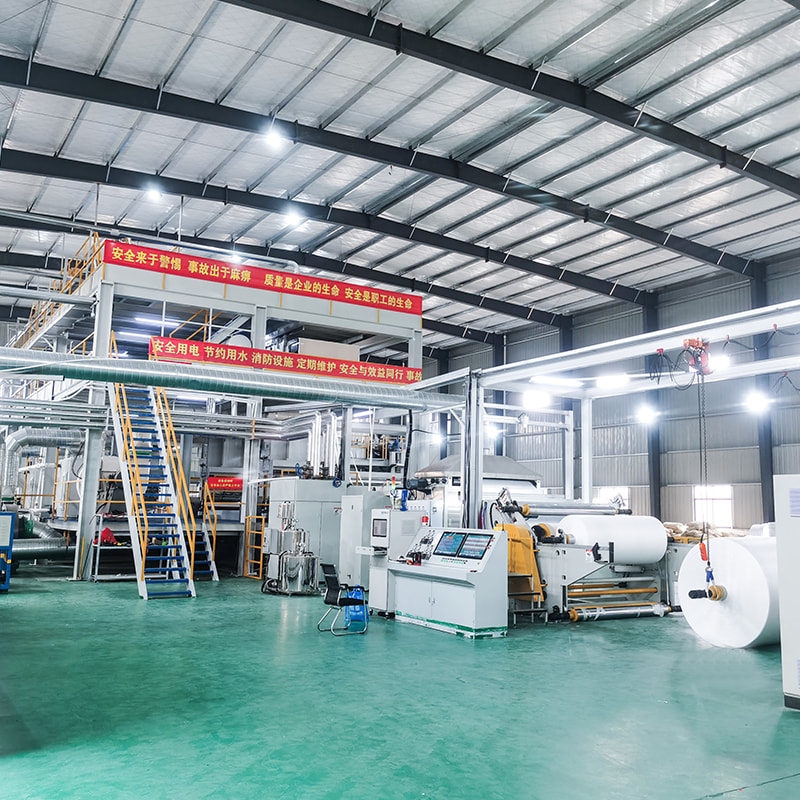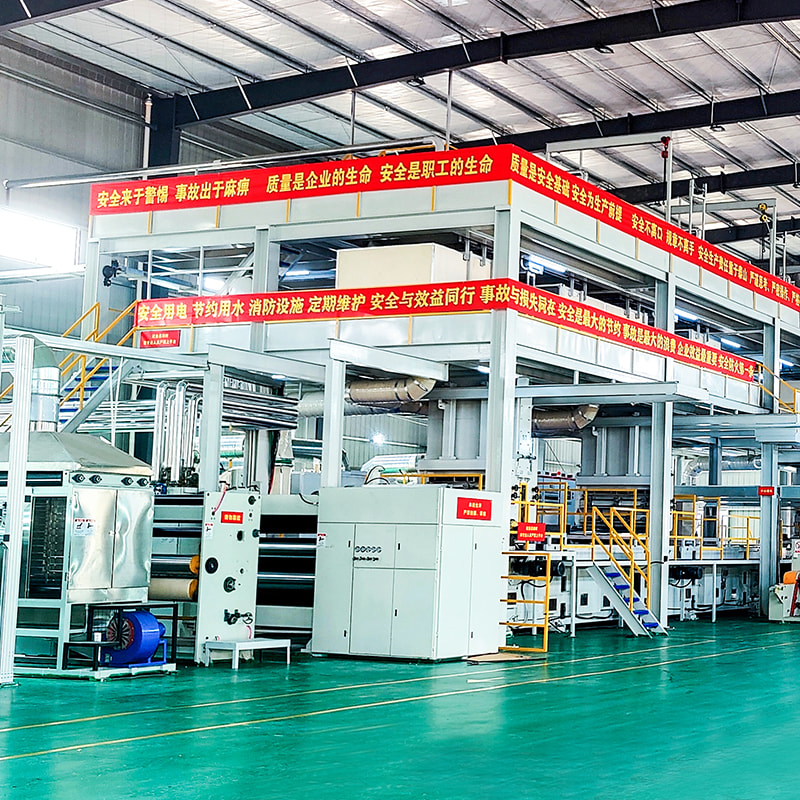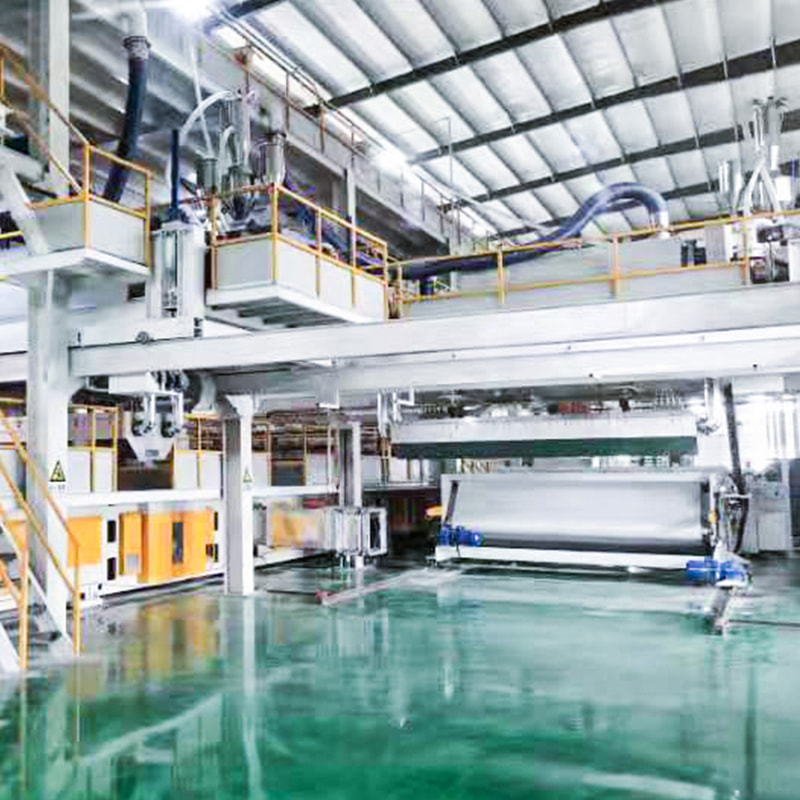The filament denier of melt-blown nonwoven fabric plays a crucial role in determining its overall performance, especially when it comes to filtration efficiency, strength, and breathability. The melt blown nonwoven machine used to produce these fabrics is carefully engineered to create ultra-fine fibers that can significantly influence the fabric’s properties. Filament denier, which refers to the thickness of each individual fiber, directly impacts the fabric's functionality in a wide range of applications, from medical filters to personal protective equipment (PPE). The finer the filament denier, the smaller the fibers, which typically results in improved filtration performance due to the increased surface area available for trapping particles.
When considering filament denier, there is a delicate balance between fiber size and the overall fabric quality. A melt-blown nonwoven machine can be adjusted to produce finer or coarser fibers, depending on the desired fabric characteristics. For instance, a denser, finer fiber typically enhances the fabric's ability to filter out small particles like bacteria and viruses, making it an ideal choice for high-performance applications such as surgical masks or air filters. However, while finer fibers improve filtration, they may reduce the fabric's strength, making it less suitable for applications that require high durability. This highlights the importance of choosing the right denier for the specific end-use.
The denier of melt-blown nonwoven fabric also affects its elasticity and softness. Fabrics with lower denier values tend to be softer and more flexible, which is essential for applications like medical gowns and wound dressings, where comfort and wearability are priorities. On the other hand, higher denier fabrics provide greater tensile strength and durability, which is crucial in applications like automotive filtration or protective barriers where robustness is needed. A high-quality melt-blown nonwoven machine is capable of tailoring the filament denier to achieve the optimal balance between strength, softness, and filtration capacity for each unique requirement.
Filament denier also influences the weight and thickness of the finished fabric. When discussing fabric weight, measured in grams per square meter (GSM), denier and GSM are directly related. For example, producing a fabric with a lower denier typically results in a fabric with a lighter weight and higher breathability, which is advantageous for applications requiring comfort and airflow. Conversely, higher denier values often result in heavier, thicker fabrics that are better suited for high-durability applications where filtration efficiency is key. A versatile melt-blown nonwoven machine offers the flexibility to adjust these parameters to match the precise needs of the industry or product.

Another important consideration is the overall performance of melt-blown nonwoven fabric in real-world scenarios. The relationship between filament denier and fabric performance extends beyond basic filtration. In industries like air purification, the denier impacts the ability of the fabric to capture airborne pollutants while maintaining optimal airflow. For example, in HVAC filters, the denser and finer fibers trap particles without significantly restricting airflow, offering a combination of high filtration and energy efficiency. The ability of a melt-blown nonwoven machine to fine-tune filament denier ensures that manufacturers can create fabric solutions tailored to the specific filtration demands of various industries.
Understanding how filament denier influences the performance of melt-blown nonwoven fabrics is essential for manufacturers and end-users alike. By adjusting the settings on a melt-blown nonwoven machine, it’s possible to fine-tune the fabric’s properties to meet the diverse needs of industries, from healthcare to environmental protection. Whether optimizing for filtration, comfort, or durability, mastering the relationship between filament denier and fabric performance ensures the creation of high-quality, reliable products. As the demand for specialized nonwoven fabrics grows, the ability to manipulate filament denier effectively will continue to be a key factor in the success of manufacturing processes.





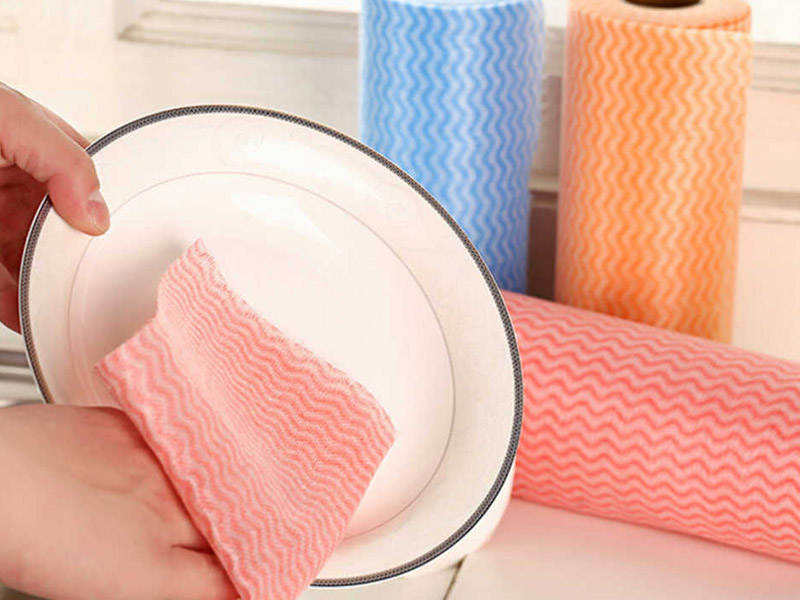
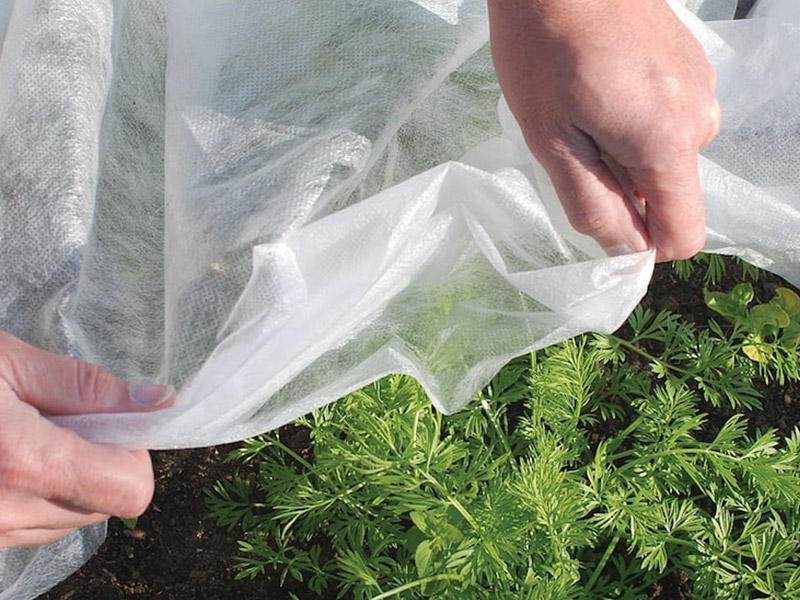
 English
English 中文简体
中文简体 русский
русский عربى
عربى